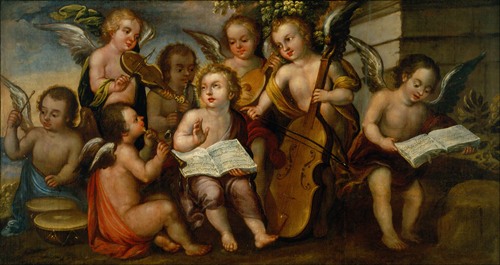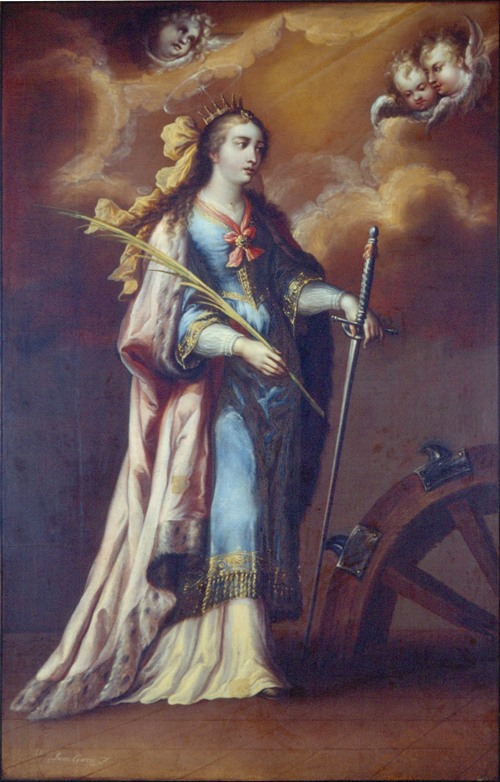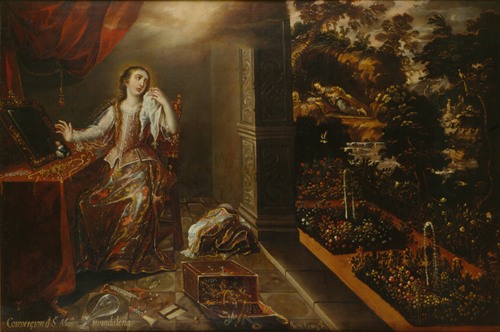


Juan Correa was a distinguished Mexican painter of the late seventeenth and early eighteenth centuries. His years of greatest activity were from 1671 to 1716. He was an Afro-Mexican, the son of a Mulatto or dark-skinned physician from Cádiz, Spain, and a free black woman, Pascuala de Santoyo. Correa "became one of the most prominent artists in New Spain during his lifetime, along with Cristóbal de Villalpando." Manuel Toussaint considers Correa and Villalpando the main exponents of the Baroque style of painting in Mexico. Correa was a very productive religious painter, with two major paintings in sacristy of the Cathedral of Mexico City, one of the Immaculate Conception and the other An Allegory of the Church.
He also painted major works for the Jesuit church in Tepozotlan, Mexico (now the Museum of the Viceroyalty). According to Toussaint, Correa is "important in achieving a new quality, in the creative impulse he expresses, and which one cannot doubt embodies the eagerness of New Spain for an art of its own, breaking away from its Spanish lineage. Here New Spain attains its own personality, unique and unmistakable." Correa was José de Ibarra's teacher.


